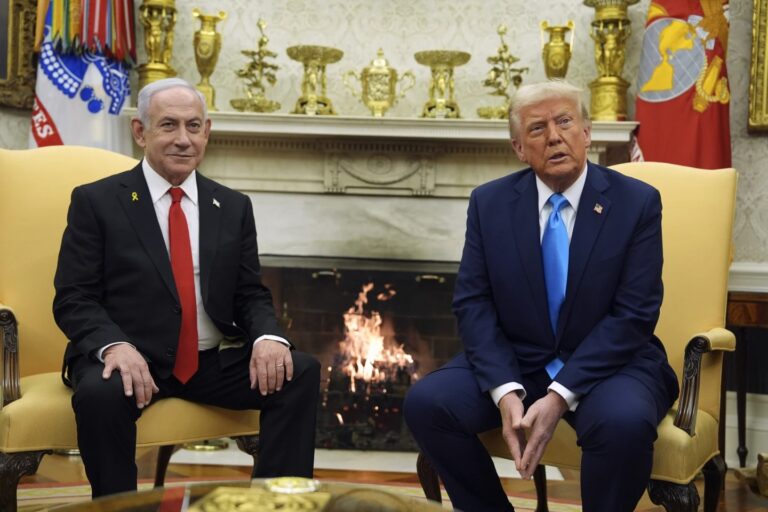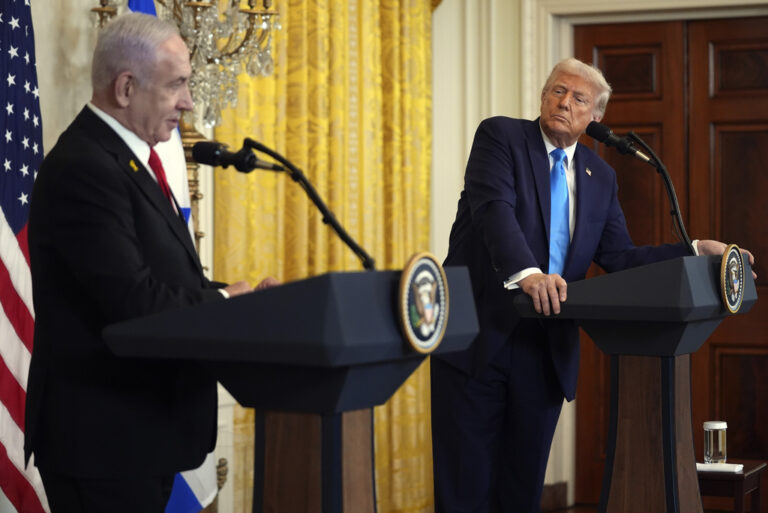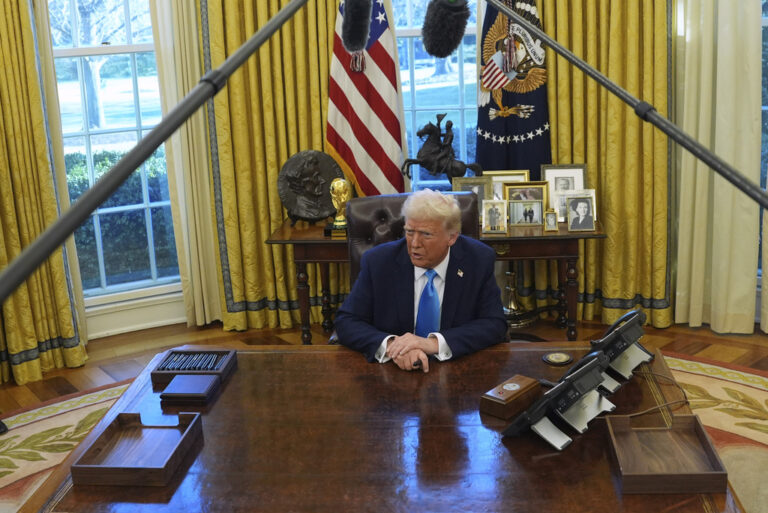Fifteen states and the District of Columbia filed a lawsuit to block President Donald Trump’s plan to end a program protecting hundreds of thousands of young immigrants from deportation. Here’s a look at the legal arguments and prospects for success:
HOW DO THE STATES ATTACK THE TRUMP ADMINISTRATION’S DECISION?
The lawsuit filed Wednesday says the Trump administration’s decision to rescind the Obama-era Deferred Action for Childhood Arrivals program was motivated by anti-Mexican bias.
It cites as evidence Trump’s statement while announcing his campaign for president that some Mexican immigrants were rapists and refers to his decision last month to pardon former Arizona Sheriff Joe Arpaio, who was convicted of contempt for ignoring a federal court order to stop traffic patrols that targeted immigrants.
“Ending DACA, whose participants are mostly of Mexican origin, is a culmination of President’s Trump’s oft-stated commitments — whether personally held, stated to appease some portion of his constituency, or some combination thereof — to punish and disparage people with Mexican roots,” the lawsuit filed in federal court in Brooklyn said.
Targeting individuals for discriminatory treatment based on their national origin without legal justification violates the U.S. Constitution’s equal protection guarantee, the lawsuit says. It calls for a court order blocking the revocation of DACA as well as an order saying the administration cannot use information it collected from DACA recipients to arrest and deport them.
WILL THE DISCRIMINATION ARGUMENT HOLD UP?
The state of Hawaii convinced a federal judge to block an earlier Trump order banning travelers from mostly Muslim countries by arguing it was motivated by religious prejudice. U.S. District Judge Derrick Watson cited a press release from the Trump campaign calling for a “total and complete shutdown of Muslims entering the United States” as evidence of religious animus. The U.S. Supreme Court later narrowed Watson’s ruling to allow a limited version of the ban to take effect.
But Trump’s comments about Mexicans are a long way from establishing that bias motivated his decision to revoke DACA, said Kari Hong, an immigration expert at Boston College Law School.
“He’s never made that association between DACA and people from Mexico and Central America the way he made the association between the travel ban and Muslims,” she said.
Trump has said he has love for those who benefited from DACA — about 800,000 people who were brought to the U.S. illegally as children or came with families who overstayed visas — and was hopeful Congress would help them during the six months before the change goes into effect.
WHAT ELSE DO THE STATES CLAIM, AND DO THOSE ARGUMENTS HAVE A BETTER CHANCE OF SUCCESS?
The states said the administration’s decision to revoke DACA was arbitrary and failed to provide notice as required by federal law. Legal experts say this claim is stronger.
“The argument is if you are going to rescind a program upon which 800,000 people have come to rely, it has to be done in a certain manner and by certain means with certain reasons,” said Pratheepan Gulasekaram, who teaches immigration and constitutional law at Santa Clara University School of Law.
A victory on this claim could require the administration to study the impacts of rescinding DACA and allow for public comment. But that might only buy more time before the revocation goes into effect instead of permanently reinstating DACA, Gulasekaram said.
WHAT’S NEXT?
The fifteen states that sued on Wednesday did not include California — a solidly Democratic state with a large immigrant population. California Attorney General Xavier Becerra said he plans to file a separate lawsuit soon, noting that the state has a high number of DACA recipients.
“The breadth and scope of the impact of the president’s, I’d say, heartless decision is going to be felt here more than anywhere else,” Becerra said.
California’s lawsuit isn’t likely to make any different legal arguments, he said.
(AP)












One Response
Filing a lawsuit against rescinding an unconstitutional “executive order”? Let’s see how that works out for you.